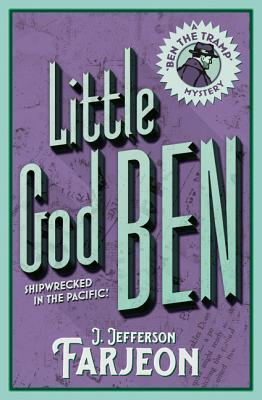
Part of Series
Seeking relief from the scorching heat of the New York summer of 1899, Dr. Charles Fortescue climbed to the roof of his office building with a rug and his pipe, and spent the wee hours of the morning unexpectedly watching a series of strange events through the windows of the swanky Rosemere apartment house across the street. A woman's scream in the dark, a man half-carrying a fair-haired woman from a sitting-room, a man in another apartment crawling on hands and knees, a raven-haired woman sobbing in despair at another window, and a man slipping furtively from the building's back door and down the street. Summoned to examine a body discovered in the Rosemere House the next morning, Dr. Fortescue is surprised to find that the man has been dead for at least twenty-four hours. Fortescue and New York's Detective Merritt are drawn into an investigation with no shortage of prospective suspects, but a distinct lack of evidence to work with, starting with the fact that the identity of the victim is as mysterious as the identity of the killer. In this variation of the classic "locked room puzzle," the question isn't how the murder could have been committed in the locked room, the question is how a dead body found its way into a locked and vacant apartment during the night ... and where it was hidden for the day between the victim's death and the discovery of the body. The answers to these questions will lead to the identity of the killer, and the rather unusual conclusion of this mystery.
Author

Joseph Jefferson Farjeon was always going to be a writer as, born in London, he was the son of Benjamin Leopold Farjeon who at the time was a well-known novelist whose other children were Eleanor Farjeon, who became a children's writer, and Herbert Farjeon, who became a playwright and who wrote the well-respected 'A Cricket Bag'. The family were descended from Thomas Jefferson but it was his maternal grandfather, the American actor Joseph Jefferson, after whom Joseph was named. He was educated privately and at Peterborough Lodge and one of his early jobs, from 1910 to 1920, was doing some editorial work for the Amalgamated Press. His first published work was in 1924 when Brentano's produced 'The Master Criminal', which is a tale of identity reversal involving two brothers, one a master detective, the other a master criminal. A New York Times reviewer commented favourably, "Mr. Farjeon displays a great deal of knowledge about story-telling and multiplies the interest of his plot through a terse, telling style and a rigid compression." This was the beginning of a career that would encompass over 80 published novels, ending with 'The Caravan Adventure' in 1955. He also wrote a number of plays, some of which were filmed, most notably Number Seventeen which was produced by Alfred Hitchcock in 1932, and many short stories. Many of his novels were in the mystery and detective genre although he was recognised as being one of the first novelists to entwine romance with crime. In addition he was known for his keen humour and flashing wit but he also used sinister and terrifying storylines quite freely. One critic for the Saturday Review of Literature reviewed one of his later books writing that it was "amusing, satirical, and [a] frequently hair-raising yarn of an author who got dangerously mixed up with his imaginary characters. Tricky." When he died at Hove in Sussex in 1955 his obituary in The Times wrote of his "deserved popularity for ingenious and entertaining plots and characterization". Gerry Wolstenholme June 2010


